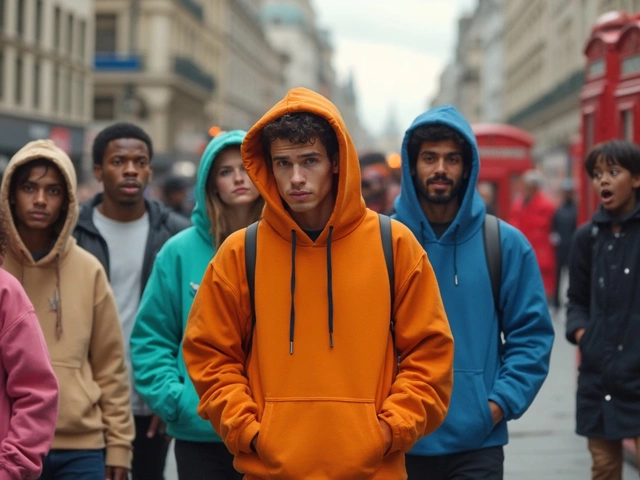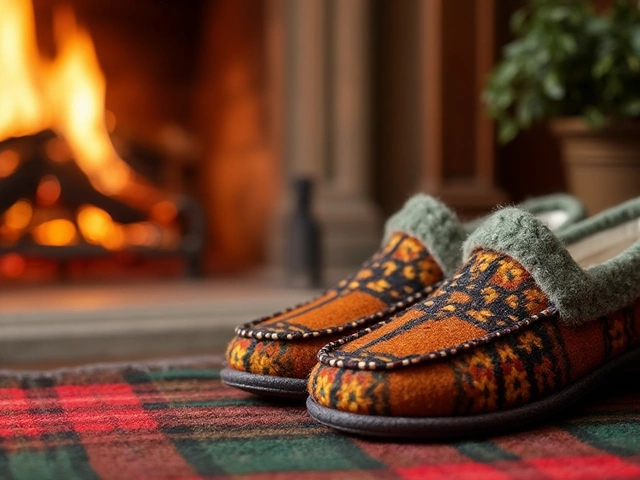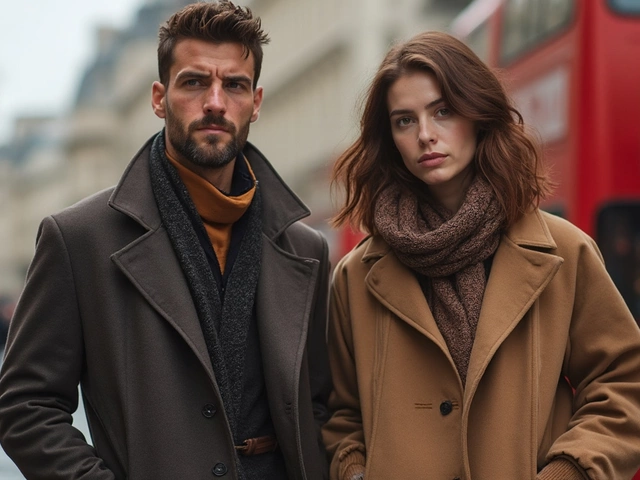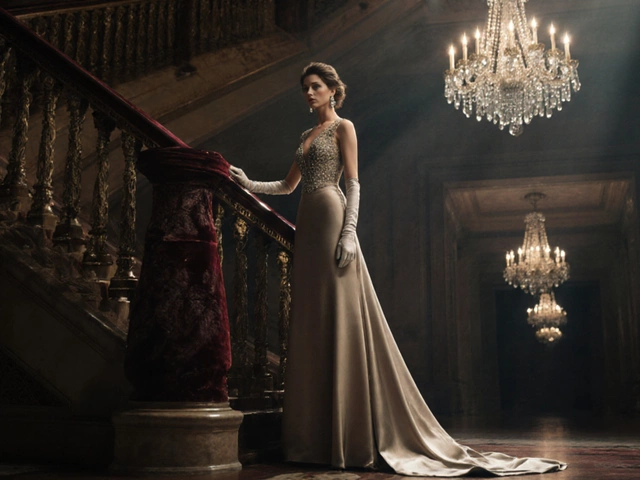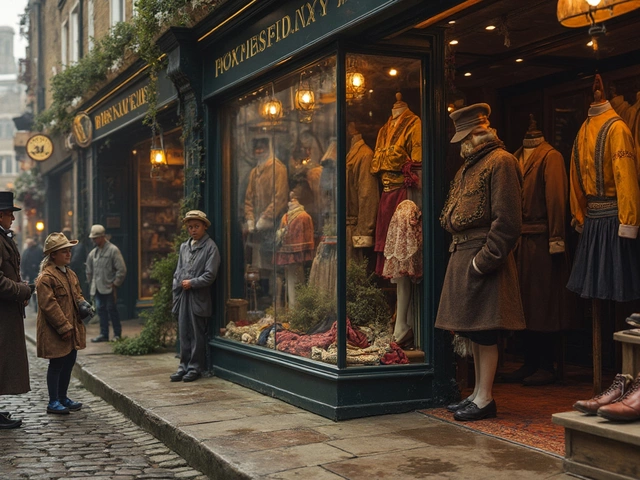Vintage Style: Your Easy Guide to Retro Fashion
Ever see someone walking down the street in a coat that looks straight out of the 70s and think, "How do they pull that off?" You can, too. Vintage style isn’t about finding a museum‑grade dress; it’s about mixing a few timeless pieces with modern basics so you look effortless and unique.
First thing’s first: define what vintage means to you. Some people love the bold prints of the 80s, others prefer the soft lines of the 50s. Pick an era that feels fun and fits your daily life, then start building from there. The goal is a look that feels personal, not a costume.
Key Pieces for a Genuine Vintage Look
Here are the pillars most vintage fans rely on. You don’t need every item, just a couple that speak your style.
- High‑waisted trousers or jeans. The higher rise instantly adds that retro silhouette. Pair with a tucked‑in shirt or a cropped sweater for a clean line.
- Patterned button‑downs. Think small florals, gingham, or vintage‑inspired prints. Roll the sleeves for a laid‑back vibe.
- Retro outerwear. A corduroy jacket, classic trench, or a bomber with a vintage logo can be the statement piece of your outfit.
- Accessories. A silk scarf, cat‑eye sunglasses, or a simple leather satchel can turn a plain outfit into a throw‑back masterpiece.
- Footwear. Look for loafers, vintage‑style sneakers, or low‑heeled boots. Even a pair of well‑kept canvas shoes can do the trick.
When you shop, keep an eye on condition and fit. A small repair can make a second‑hand piece feel brand new, and a good fit is the secret sauce for any style.
Mixing Old and New Without Overdoing It
One mistake beginners make is stuffing every part of the outfit with vintage items. The sweet spot is 2‑3 vintage pieces mixed with contemporary basics. For example, pair a vintage denim jacket with a modern plain tee and skinny jeans. Or wear a retro blouse with today’s high‑waist chinos.
Color coordination matters too. If you’re wearing a bold vintage print, tone down the rest with neutrals—think white, black, or soft beige. If you love pastel vintage pieces, add a denim jacket or a dark denim skirt to keep the look balanced.Don’t forget the fit. Even the most authentic vintage garment will look sloppy if it’s too baggy or too tight. Tailoring is your friend; a quick hem or take‑in can make a decade‑old shirt look runway‑ready.
Finally, own the look. Walk with confidence, smile, and let your outfit tell a story. Vintage style is about personality as much as clothing, so enjoy the process of hunting for treasures, mixing them, and making them yours.
Ready to start? Check your closet for hidden gems, hit your local thrift shop, and experiment with the pieces above. Before long, you’ll be turning heads with a vintage style that feels completely you.
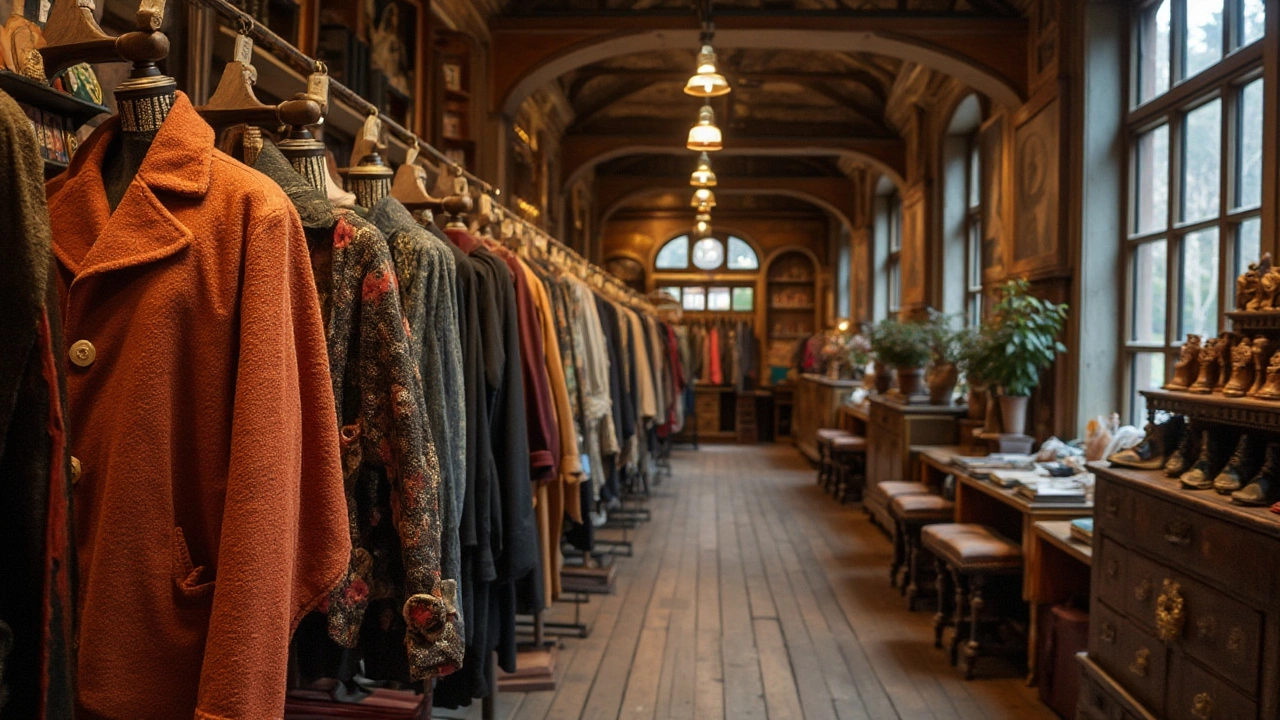
Exploring Vintage Fashion: Are 20-Year-Old Jackets Truly Vintage?
The notion of 'vintage' in clothing is more intricate than simply reaching a 20-year age milestone. When it comes to vintage jackets, age is just one factor in determining their classification. While the two-decade benchmark is often used as a guide, design, quality, and cultural relevance contribute significantly to a piece being considered vintage. This article delves into the elements that define vintage clothing, specifically jackets, offering insights for enthusiasts and collectors.
